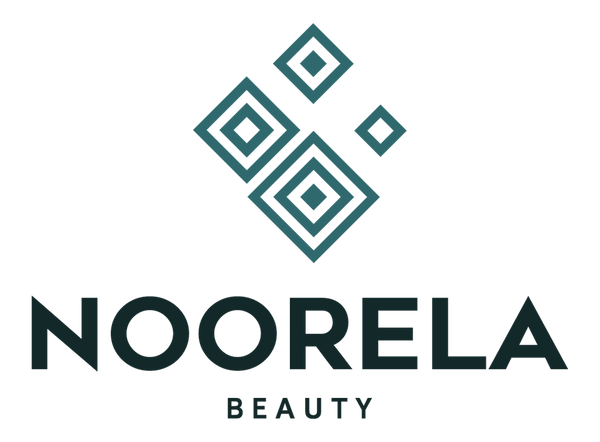
Which Makeup Brush Is for What? A Simple, No-Nonsense Guide
Standing in front of a brush set wondering, “Which makeup brush is for what?” You're not alone. Whether you're a beginner or someone just looking to clean up your beauty routine, the confusion is real. The beauty industry hasn’t made it easy: there are fluffy ones, angled ones, flat ones, dense ones—and no clear instructions most of the time.
Let’s break it down. This guide isn’t about selling you more brushes. It’s about helping you actually understand which makeup brush is for what—in plain English, with zero fluff.
First: Why So Many Brushes?
Before diving into individual brushes, let’s get this straight: not every brush in a set is essential. Most people use the same five or six brushes every day, even if they own a full 24-piece set. The key is to know which makeup brush is for what based on the product and the application technique—blending, buffing, packing, or sweeping.
1. Foundation Brush
Let’s start with the base. If you're applying liquid or cream foundation, use a dense, flat-top brush. This is often called a buffing or kabuki brush. It helps press foundation into the skin for a smooth, even finish. If you want a more natural look, a duo-fiber stippling brush will give you a lighter, airbrushed effect.
So if you're asking, “Which makeup brush is for what?”—this one’s your base builder.
2. Concealer Brush
A small flat brush is best for concealer. It lets you target specific areas like under the eyes or blemishes. Want to blend without removing product? Try a tiny, domed blending brush—especially under the eyes where skin is delicate.
Remember: fingers are convenient, but a brush gives better precision and hygiene.
3. Powder Brush
For setting your makeup with loose or pressed powder, go with a large, fluffy brush. The size helps cover the face quickly, while the soft bristles keep things light and natural. Avoid densely packed brushes here—those can deposit too much product and make your face cakey.
This is your go-to for setting, finishing, and refreshing your base.
4. Blush Brush
A medium-sized, angled brush is perfect for blush. It fits along the cheekbone naturally and gives you control over placement. Avoid brushes that are too big—you’ll end up with color where you don’t want it.
You’ll find that many “blush brushes” double as bronzer brushes. What matters most is how it fits your face shape.
5. Bronzer & Contour Brush
For bronzer, a fluffy domed brush helps apply product softly. For contour, go with a smaller, angled brush that fits under the cheekbone. It lets you sculpt without creating harsh lines.
In short: bronzer = soft and warm; contour = precise and cool-toned. Use accordingly.
6. Highlighter Brush
You don’t need a fan brush. In fact, many makeup artists prefer a small tapered brush for highlighter. It offers more control and works for both subtle and intense glow.
So, which makeup brush is for what when it comes to glow? The one that’s small, soft, and lets you apply in controlled amounts.
7. Eyeshadow Brushes
Here’s where most of the confusion begins. You don’t need 12 brushes for your eyes—but you do need a few basics:
- Flat shader brush: Packs pigment onto the lid. Use it for applying your main color.
- Fluffy blending brush: Softens edges and helps transition shades in the crease.
- Small pencil brush: Perfect for detail work—like smudging liner or highlighting the inner corner.
If you only invest in three brushes for your eyes, make them these.
8. Eyebrow Brush
A firm, angled brush is best for applying brow powder or pomade. Some come with a spoolie on the other end for brushing hairs into place. Skip soft brushes here—they won’t give you precision.
9. Lip Brush
For defined lipstick application, especially with bold colors, a small flat-tip lip brush makes a difference. You can line and fill without dragging or smudging.
Not essential for everyday use, but great for special occasions.
Final Thoughts: Quality Over Quantity
You’ve probably figured it out by now—which makeup brush is for what isn’t about collecting every type. It’s about choosing a few that fit your products, your habits, and your face.
If you're building your first set:
- Start with 5–7 essential brushes.
- Choose synthetic bristles for cream or liquid; natural or high-quality synthetic for powder.
- Clean regularly to extend brush life and keep skin healthy.
Summary: Your Everyday Starter Set
- Foundation: Dense flat-top or stippling brush
- Concealer: Small flat or domed brush
- Powder: Large fluffy brush
- Blush/Bronzer: Medium angled or domed brush
- Highlight: Small tapered brush
- Eyeshadow: Shader, blending, and pencil brush
- Brows: Angled brush with spoolie
That’s it. You don’t need more—just the right ones.
